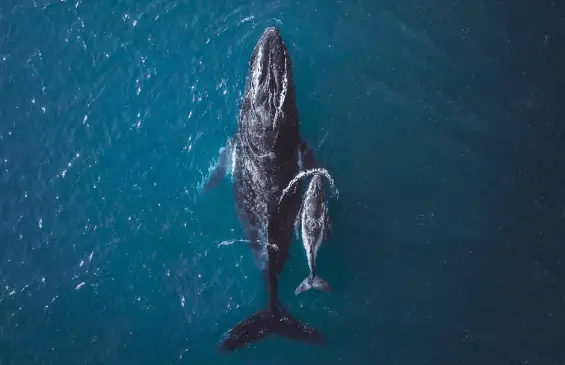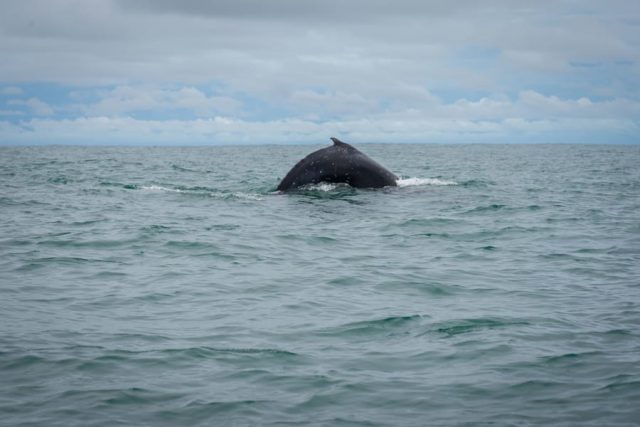Transient cetaceans of the Pacific travel the coasts of the southern part of the country in these months of July and August. The sighting of these animals considerably benefits the economy of the region, which is one of the most affected by the socioeconomic crisis facing the country. “The region where Quepos is located stands out for its extraordinary gastronomy, enigmatic landscapes and its service to visitors,” said the company Marina Pez Vela.
“We have a whale population that migrates from the North Pacific to our waters. They are humpback whales that feed in southern Canada and the northern United States and then migrate to breed here. It happens in the first half of the year from December to April more or less. We also have a population that emigrates during the second half of the year from Chile and the Antarctic Peninsula and is located from the North of Peru, Ecuador, Colombia, Panama to Costa Rica”, declared the scientific coordinating biologist of the Promar Foundation, Javier Rodríguez. According to the scientist, noise and chemical pollution are the main effects for whales.
“At this moment the migration of humpback whales from the Southern Hemisphere is taking place, coming to tropical waters to give birth and reproduce. Costa Rica has very important places for the reproduction of whales and the Marino Ballena National Park is one of them,” he added.
Best whale watching season of the year

“We are in the best whale watching season in our country. By visiting Quepos, not only will we have the opportunity to live an unforgettable experience, but it will also contribute to the economic reactivation of the area, which is sorely needed at the moment,” shared the manager of the Velez Marina, Jeff Duchesneau.
“This adventure of whale watching began approximately 24 years ago, in the community the people were artisanal fishermen and today they are tour operators, guides, captains and sailors, many work in the tourism sector and this has given much benefit to the population from Bahía Ballena”, said the specialist from the Whale Association, Costa Rica is in the seventh place in the world where sightings occur, according to National Geographic.
Last year, the tourist sector of the coastal zone managed to convince the Government to postpone a collection of approximately 83 thousand colones that it agreed to carry out to obtain a license that allows boats to circulate for this purpose.
A need to reactivate the economy of the coastal communities

“We understand the economic impact of all sectors and the need to reactivate the national economy, especially the coastal communities, so it was agreed to postpone during 2020 and 2021 the collection of the license for whale watching,” said the executive president of the Costa Rican Institute of Fisheries and Aquaculture Incopesca, Daniel Carrasco.
“This is a respite for many restaurateurs, hoteliers, tour operators who have suffered a lot from this Pandemic. The community is positive, we thank the national tourism that has visited us, the region awaits you with open arms”, commented the marine regional coordinator, Alcides Alfaro.

